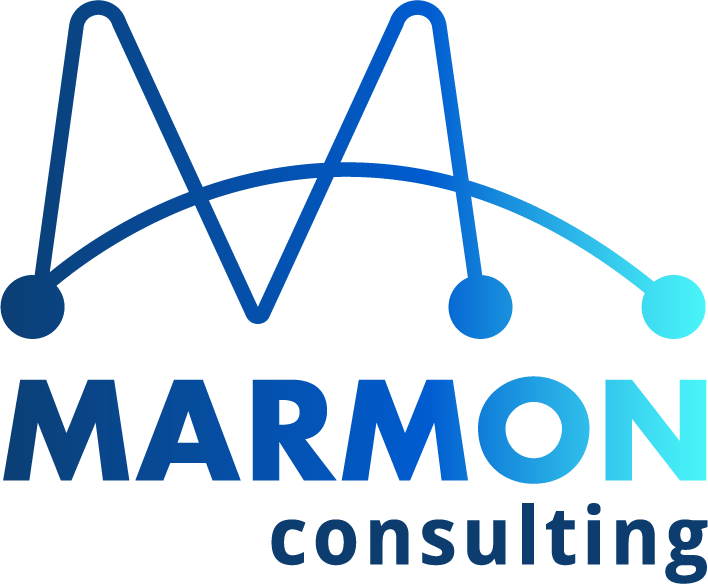Blog


Pam Marmon
How to Empower Others in the Face of Organizational Change
Your influence is currency. Your senior leaders know it, and they rely on your support to successfully lead change. To be precise, your senior leaders can’t transform the organization without your support.
When rolling out a large organizational change, senior leaders rely on influencers to take the first step and demonstrate support. You have a choice: you can use your influence to propel the vision forward, or you can use your influence to slow down the progress. Sometimes we do the latter unknowingly. I know I have before, and now I understand I did so because I wasn’t ready to commit to the vision.
Below, I will show you how you can leverage your influence to empower yourself, your peers, and those you lead when fast and forced change happens in your workplace.
Connect with Strategy
People must know why an organizational change is taking place. If the “why” piece of the puzzle is missing, the other pieces don’t show the whole picture. You need to be able to connect to the organizational strategy in order to create internal alignment within the impacted departments. Only then can you achieve the desired buy-in and ownership of the organizational change.
If the change feels disassociated from the organizational strategy, you will be uncomfortable and everything will feel out of sync. Ultimately, the change won’t be successfully implemented. Inevitably, there will be casualties along the way, and no one wants that to happen.
If the connection to strategy within your organization is missing, as an influencer, you can bring the problem to the attention of your senior leadership team and encourage a conversation to help them strengthen their position. Be the connector that lifts others by empowering your senior leaders with valuable insights. Remind them that they are doing their best and their work is important for your organization. Their reactions might surprise you in a positive way. At the end of the day, all people appreciate kind words of encouragement and a helping hand when needed.
Connect with People
Your influence is powerful. Empowering others means connecting to others by inviting them into the conversation. Consider how this might benefit the people you influence.
You could bring them along to company events where they can be exposed to a specific leader for an important discussion, or you could offer training for a skillset that will help your team thrive. You could speak well of others to elevate their positions in the organization and thus give them more visibility during the organizational change. There are many ways to empower others around you. What are some practical ways your team will benefit from being empowered? Who can you identify on your team to bring into the fold?
Leverage organizational change to grow yourself and develop others. Organizational change is the best time for a high-potential employee to demonstrate interest and engagement and to contribute to the organization’s success. Use courage to extend your influence, to give away your influence, and to invite others into your sphere of influence.
Connect with Emotional Intelligence
Another way to connect with people is to leverage your emotional intelligence. Did you know that how people feel in your presence impacts how they perceive you and what actions they take?
In a 2010 study, organizational behavior scientists Noah Eisenkraft and Hillary Elfenbein investigated whether people have a predictable influence on how other people feel. They determined that although we may not be consciously thinking about our presence when we interact with others, we do have a predictable influence on how others feel.
This is about your personal energy level as a leader and whether others feel positive when they are around you. It’s about your ability to bring out the best in others and create an enjoyable workplace environment. It’s about creating psychological safety by establishing personal connections with others.
What does leveraging emotional intelligence have to do with organizational change? Your response to change is a decision based on conscious and subconscious factors. Leading with emotional intelligence means acknowledging that how you show up when change is introduced sets the mood for how others show up. Consciously adopting a positive outlook around others requires intentional effort, especially if your organizational culture is not at its best. Your willingness to assume the best intentions from your senior leaders, even when they have made mistakes in the past, requires strength and courage.
Become an Empowered and Empowering Influencer
Influencers set the emotional experience that others follow. As you consider the workplace changes taking place in your organization, ask yourself, Who do I influence? How can I empower them?
Rather than waiting for the details of the change to eventually come your way, find a way, find a way to influence the plan, promote your people, and provide adequate time for the change to be processed.
Becoming an empowered and empowering influencer will ultimately help you find your voice during organizational change.
For more advice on workplace change, you can find Speak Up or Stay Stuck on Amazon.
Pam Marmon is the CEO of Marmon Consulting, a change management consulting firm that provides strategy and execution services to help companies transform. From executives at Fortune 100s to influencers at all levels, Pam helps leaders achieve lasting organizational change with minimal disruption. She is also the bestselling author of No One’s Listening and It’s Your Fault, a book that equips leaders to get their message heard during organizational transformations, and the creator of the LESS change management framework. Pam and her family live in Franklin, Tennessee, and chase adventures wherever the road takes them.
